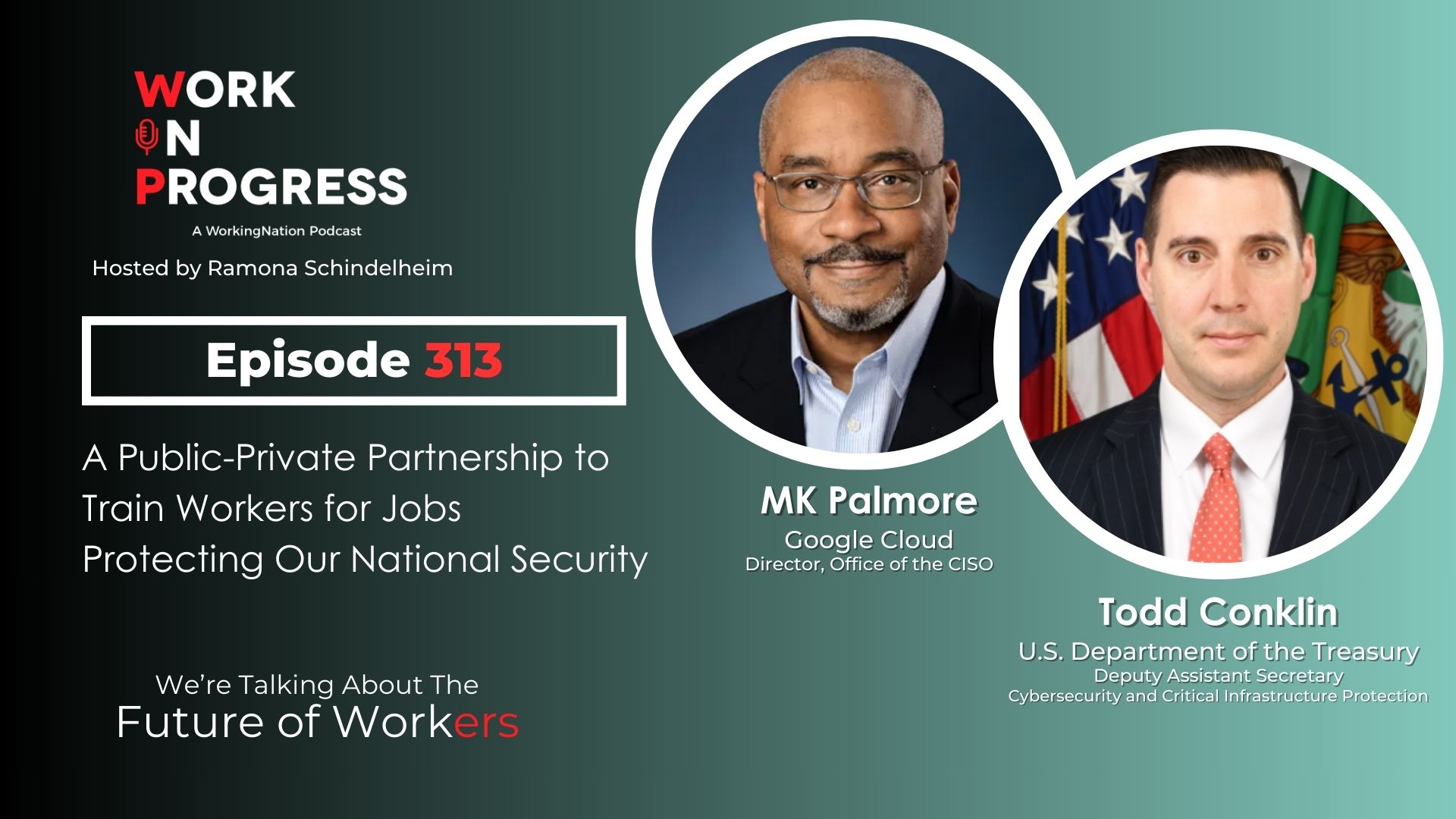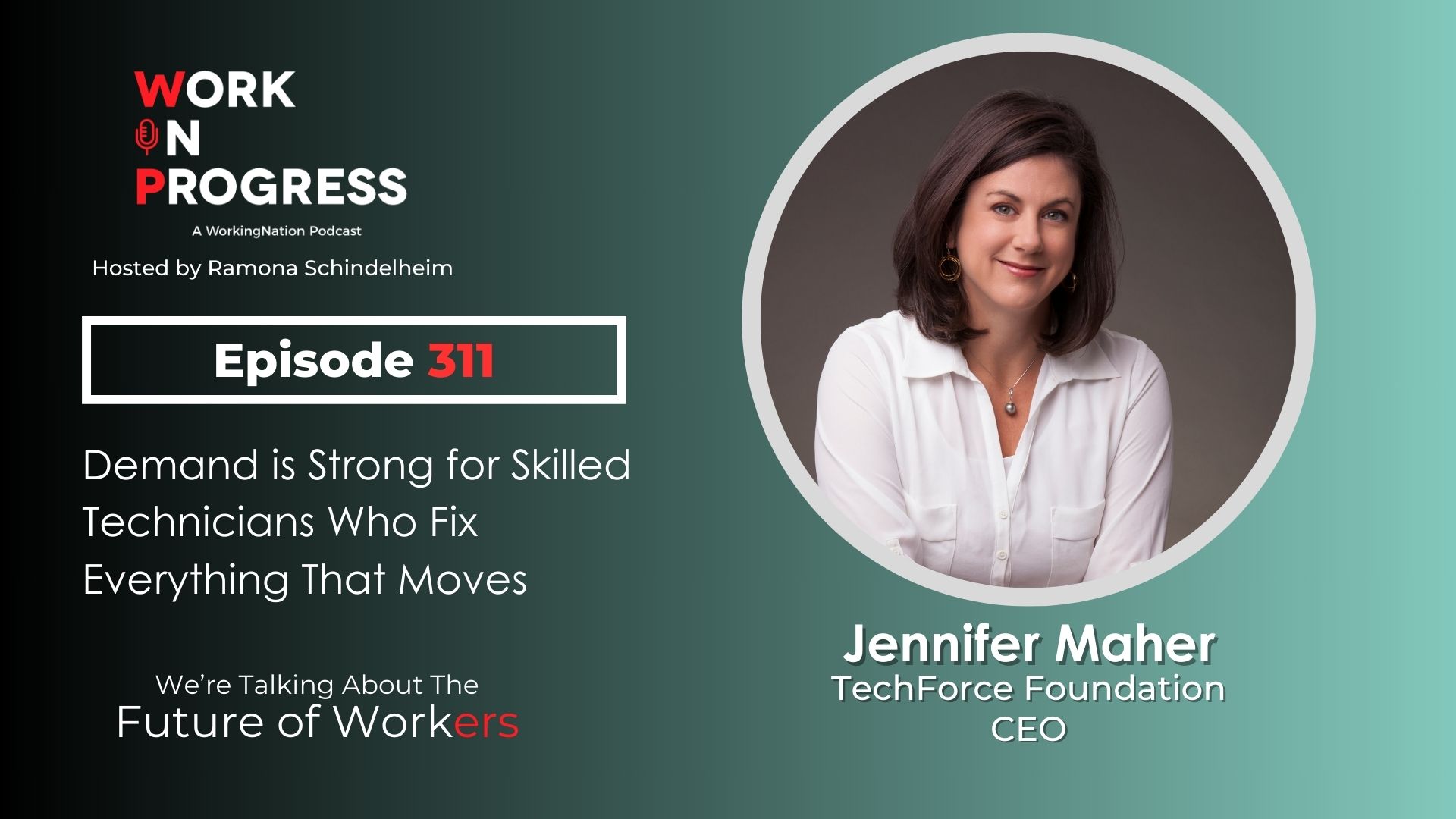We are in the beginning stages of a new world of work. A world where, despite the lowest unemployment rate in nearly 50 years, there are 7.1 million job openings that employers can’t fill. A world where over the next decade, 1.4 million jobs may be lost to advances in automation and artificial intelligence, and as many as 50 million American workers will need to change careers. It’s a new world that demands a better link between people and employment. A link like the one data analytics is making between veterans and people suffering from chronic homelessness and permanent supportive housing.
Community Solutions’ Built for Zero initiative is an example of how data analytics can solve an overwhelming national problem on a local level quickly and effectively. Launched in 2011, the nonprofit social services organization partners with communities and cities to solve veteran and chronic homelessness and the conditions that create it. It accomplishes this with its groundbreaking technology, the Common Assessment Tool (CAT), that turns the Point-in-Time (PIT) Count method of measuring homelessness on its head.
“Communities that are involved in Community Solutions have a list of people who at any given moment are experiencing homelessness and every service provider contributes to that same list. So that everyone has clean access, the same data, and everyone is looking at the same information. We’ve found that philosophy powerful for actually being able to solve a problem,” Nate French, Portfolio Lead for Built for Zero told WorkingNation.
By providing communities the technology and training needed to compile and analyze the data, local leaders can monitor the inflow (how many people are actively homeless and under what circumstances) and outflow (the conditions under which they found housing). They can then tweak their strategies to optimize their efficiency in getting people the supportive resources they need.
“Our theory is that if we can get communities to demonstrate what’s it’s like to end homelessness in a critical mass, that will create a snowball effect and a new norm — ending homelessness is possible and here’s the data set on it if you want to know how they did it,” French said.

It’s a data philosophy that caught the eye of Quicken Loans who became a signature sponsor of the effort in June. The Detroit-based mortgage lender is committed to the issue of housing stability in the U.S. They have also made a significant commitment to veterans and veterans in their community.
The company created its Tour of Duty program in 2013 to help transition veterans ending their active duty service to civilian life with a six-month internship. “The idea is to try to help them identify the skills that they used in active duty in an office setting,” says Laura Grannemann, VP of Strategic Investments at Quicken Loans. Since it began, nearly 200 veterans have taken advantage of the program.
This past Veteran’s Day, Quicken Loans committed to bringing the Built for Zero initiative to Detroit to end veteran homelessness. The company recently shared how one of the city’s permanent supportive housing projects, Piquette Square, is helping homeless vets get the support services they need to become self-sufficient and reintegrate back into the community.
Piquette Square is an example of how providing housing first and then personalizing each person’s journey through the reintegration process can result in real, sustainable change.
“What we’ve found across all our work in the community is that solving big problems starts with understanding the data. And the data on homelessness has clearly shown that Housing First and permanent supportive housing is the solution. Not only does it make sense, but it’s the right thing to do. We know the power of a stable home as a mortgage company, but also as human beings. No one should ever experience homelessness, especially not if they’ve served their country, and we believe that this approach is the best way to make meaningful change,” Grannemann said.
Community Solutions’ Built for Zero effort lays the foundation for solutions like this by giving communities the real-time data they need to determine what strategies are working and where there’s room for improvement.
“For the work we do at Community Solutions, it involves helping communities use new or existing data on the services they’re providing to people experiencing homelessness to figure out what’s really going on,” said Aras Jizan, Built for Zero Product Design and Implementation Manager. “Zooming out can help you spot patterns in the data showing opportunities for improvement, like a bottleneck in your housing process. Zooming in allows you to identify whether changes to your system are having the desired result.”
Since its inception in January 2015, 74 communities and cities have joined Built for Zero connecting more than 100,000 veterans and people experiencing chronic homelessness to permanent homes. Live updates of progress show eight U.S. communities have ended veteran homelessness, and three have ended chronic homelessness — the first in America to do so. Of those communities, 89% are sustaining that result month over month, according to Community Solutions’ report released in April. Another 19 communities have measurably reduced chronic or veteran homelessness.
With technology touching every job in some way, shape, or form, data analytics (or data-mining or business intelligence) has become a prized profession in the job market. For the past three years, it’s been named Glassdoor’s Best Job in America because of its high earning potential, jobs satisfaction and number of job openings. And it isn’t just restricted to tech companies. At the beginning of this year, there were 4,524 job openings in industries across the board, from health care and nonprofits to retail and even government.
See Also: A career in data science can earn you big bucks
A recent report from Results for America highlights the success states are having in data-driven and evidence-based policymaking in areas like workforce development. Colorado, Tennessee, Kentucky and Indiana are using data to align their education systems to the needs of the state’s employers to address workforce shortages. Kentucky and Indiana have made this information a public resource for stakeholders to analyze research about the effectiveness of programs to improve outcomes. In all, Results for America identified 88 programs, policies and practices across 30 states that are working to increase transparency and streamline government spending through data collection and analysis.
MORE: Study: States are getting smarter about data-driven policy
Data analytics has the potential to solve many of our nation’s biggest problems. Seeing its impact in Built for Zero’s effort to end homelessness and the strides states are making in workforce development, we can begin to see the long-term impact data analytics could have in providing solutions to those affected by the fast-paced changing nature of work.
For communities interested in learning more or joining The Collaborative, the Community Solutions’ Built for Zero team is holding its next Learning Session March 26-28, 2019, in Atlanta. You can register here.
Join the conversation: Are you a data analyst? Tell us about the problems your job addresses on our Facebook page.











